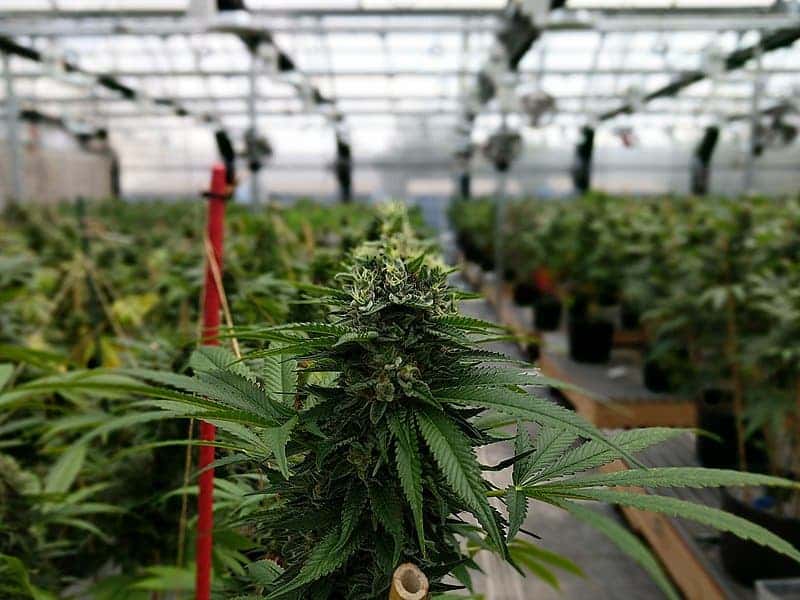
An increasing number of baby boomers in the United States are now using cannabis, a trend that is especially true among men, according to a recent study. About 5% of men and women aged 55 or older used marijuana or hashish in 2018, the authors reported.
Once shun and very frowned upon by society, recreational marijuana use is now not only deemed socially acceptable, it’s even legal in one way or the other in 33 states in the country.
Researchers at the University of Massachusetts Medical School in Worchester were aware marijuana use is highest among young adults, but they wanted to see whether changing attitudes towards marijuana had any effect in older adults.
For their study, the researchers combed through three years worth of survey data, polled between 2016 and 2018, which asked 171,507 adults ages 55 and up about their cannabis use. The respondents were from 19 states and two territories.
According to the findings, 12.6% of men ages 60 to 64 reported using marijuana at least once in the past 30 days in 2018, up from just 8.9% in 2016. Over the same period, marijuana use almost doubled among men ages 65 to 69 (8.2% in 2018 vs 4.3% in 2016). Nearly 6% of male seniors aged 70 to 74 used cannabis in 2018, compared to just 3.2% in 2016.
Over the same study period, marijuana use changed very little among older women. During the three-year survey period, 6.7% of men aged 55 and older said they used marijuana or hashish compared to just 3.5% of women, the researchers concluded in Annals of Internal Medicine.
It’s not clear what caused the rise in marijuana use among older citizens. Cannabis use increased in states where the drug was legal for medical and/or recreational purposes. But the researchers also noticed a significant increase in states where there is no legal provision for the use of cannabis.
“It could be there are more people using marijuana for medical conditions. It could be there are more using it for recreational uses. It could be more people acknowledging use, in an environment when it’s easier to say that you use products when talking to someone from the government,” said co-researcher Bill Jesdale, an assistant professor at the University of Massachusetts Medical School, in Worcester.
“Whether that’s some sort of spillover effect as people see neighboring states loosening up and they start to feel more comfortable with it and interested in trying it out, it’s hard to know,” he added.
Pat Aussem, associate vice president of consumer clinical content development at the Partnership to End Addiction in New York City, says that, apart from recreational use, older adults are using marijuana to help with a number of medical problems, such as pain relief, neuropathy, anxiety, depression, and insomnia. This is possible with the help of the action of the THC, CBD, and other compounds of cannabis. She adds that, with the exception of chronic pain, spasms related to multiple sclerosis, and chemotherapy side effects, there is little to no scientific evidence that marijuana helps with other medical conditions.
Should anyone be worried?
Another recent study published in the journal Drug Alcohol Review examined the effects of long-term cannabis use on brain health in middle-aged and older Israeli patients. In Israel, 25% of medical cannabis users are over the age of 65. The authors found that there was no significant difference in cognitive function between Israeli patients aged 50 and above who had a medical cannabis licence to manage pain relief, and those without a license.
Aussem, however, claims that marijuana could be harmful for older patients who are on other types of medication.
“There are hundreds of medications that interact with marijuana. For example, there is a concern that use of marijuana may increase the risk for bleeding in older adults on blood thinners,” Aussem said in a press release. “There are only a handful of states that mandate pharmacist involvement in medical marijuana dispensing, so many older adults are on their own to figure out product selection, dosing, drug interactions and adverse effects.”
“Many seniors likely experimented first-hand with cannabis during their youth and are now returning to it as a potential therapy to mitigate many of the health-related symptoms that come with older age, including chronic pain,” NORML Deputy Director Paul Armentano said. “Many seniors are well aware of the litany of serious adverse side-effects associated with available prescription drugs, like opioids, and they perceive medical cannabis to be a viable alternative.”






